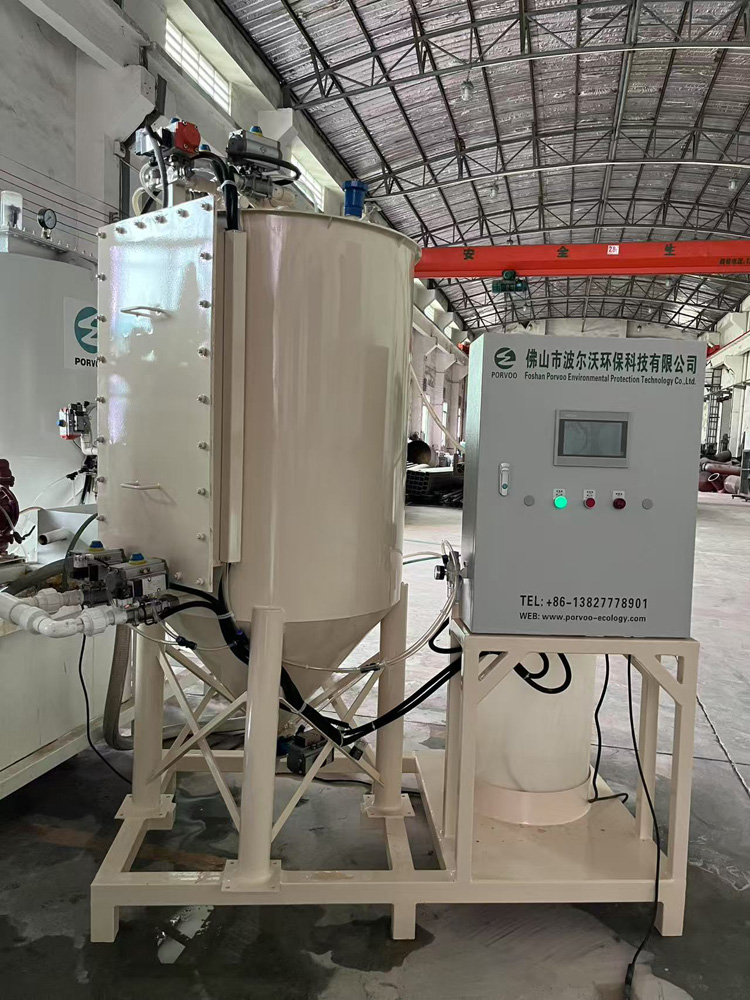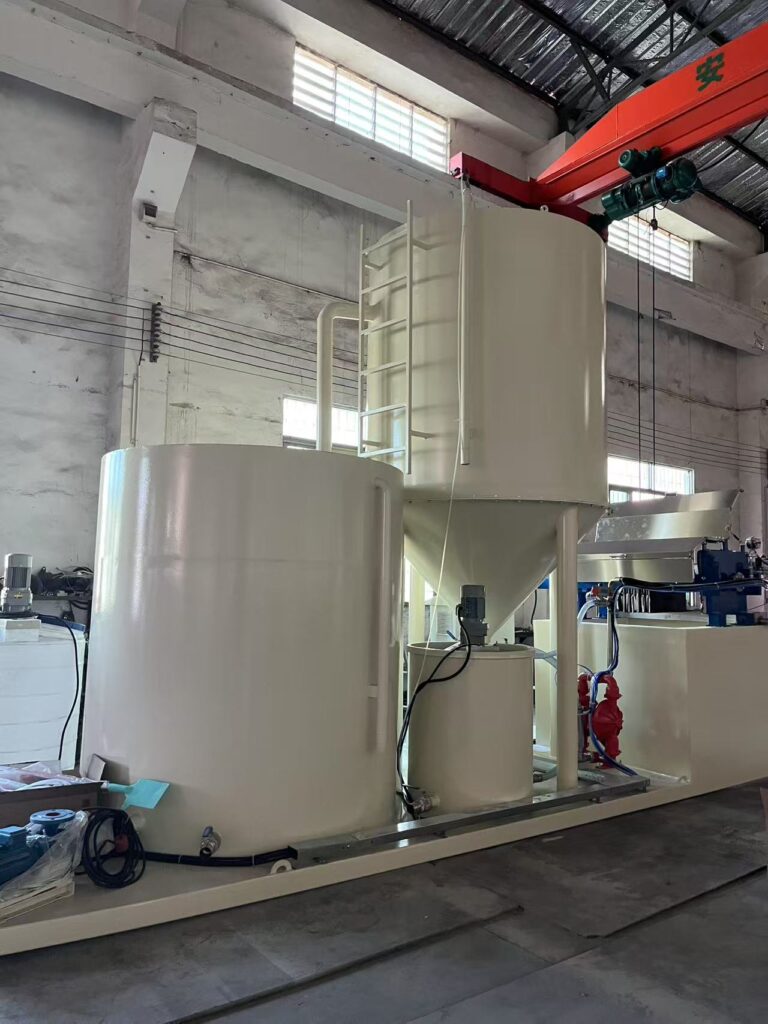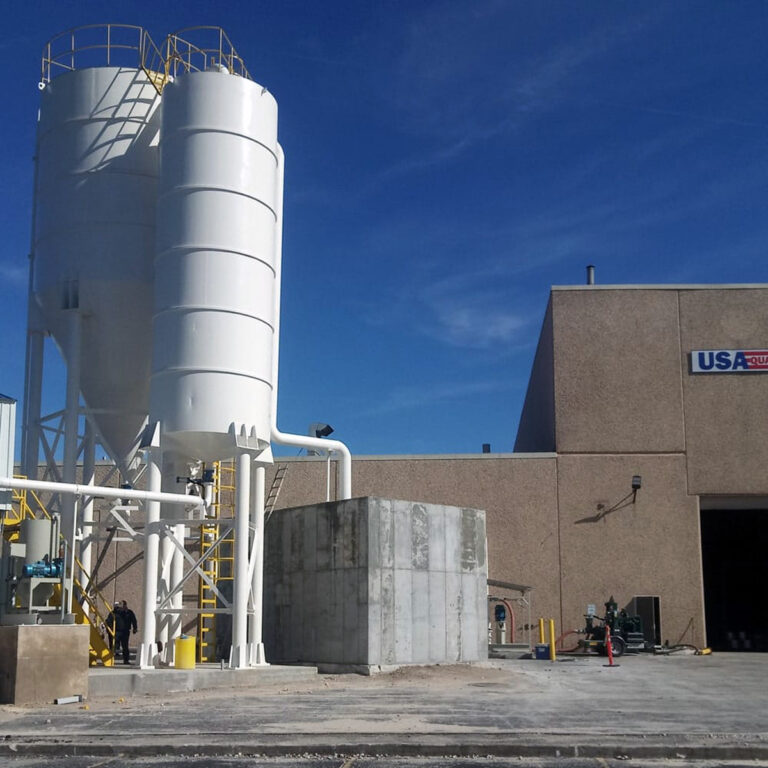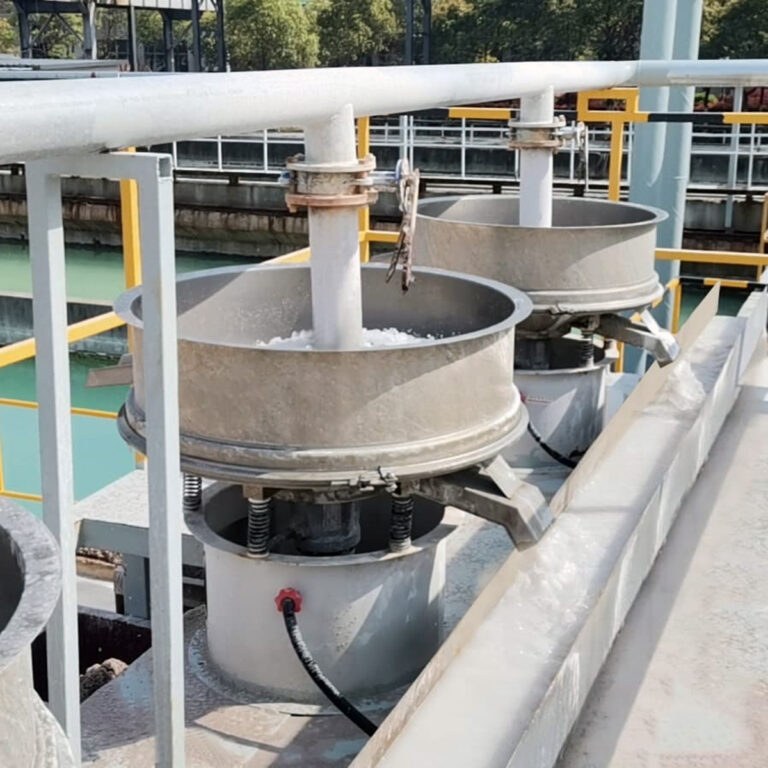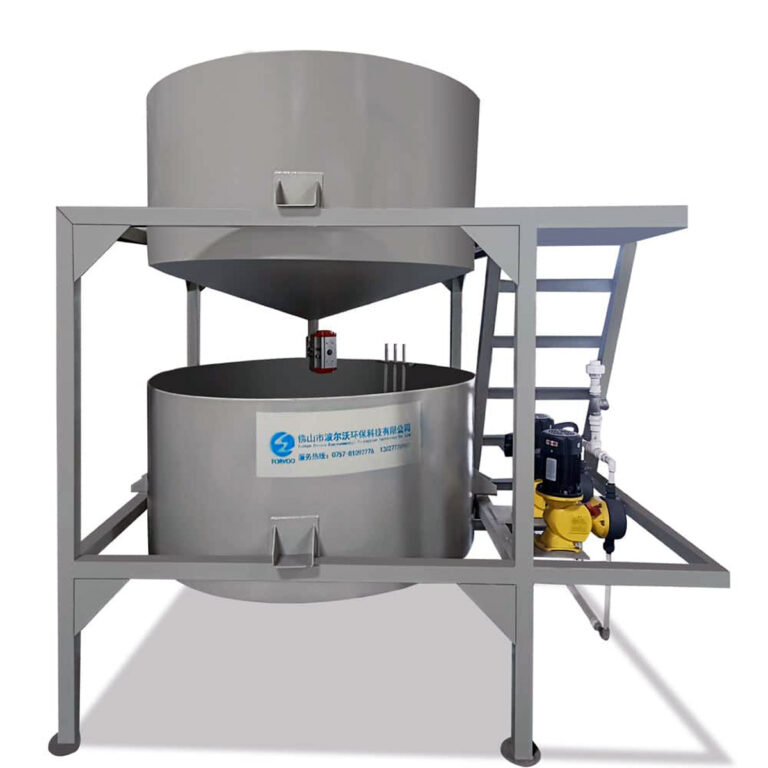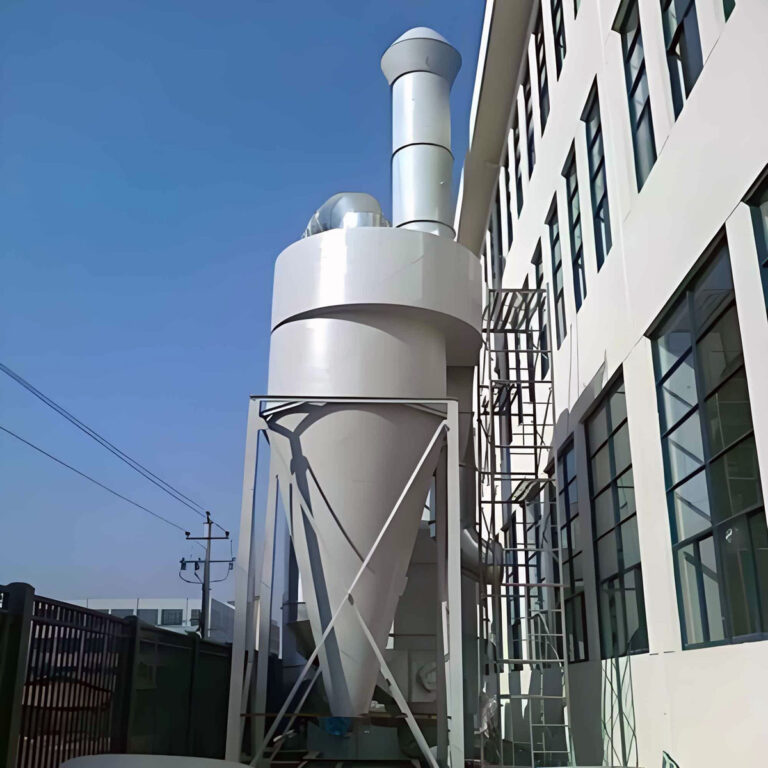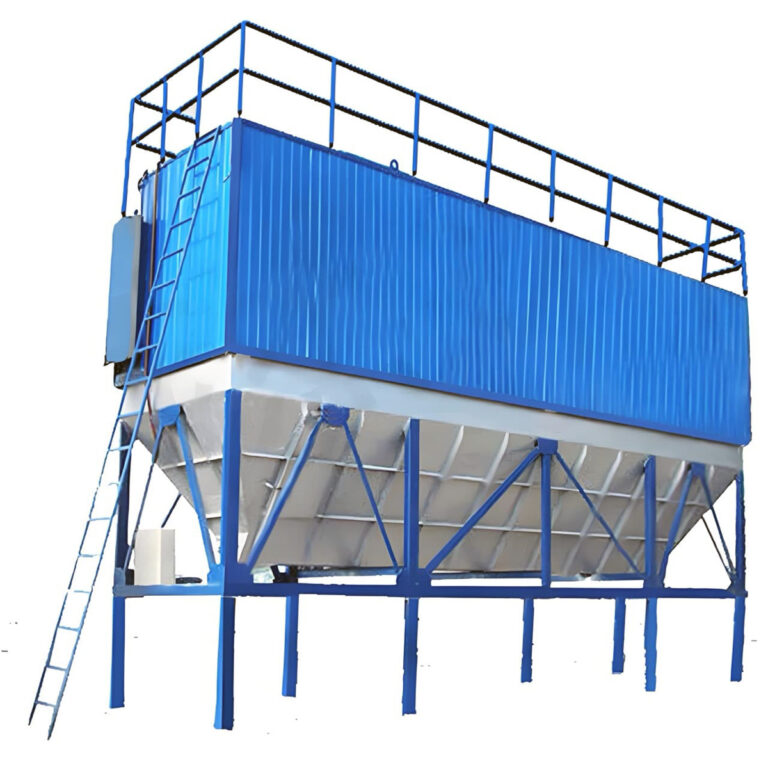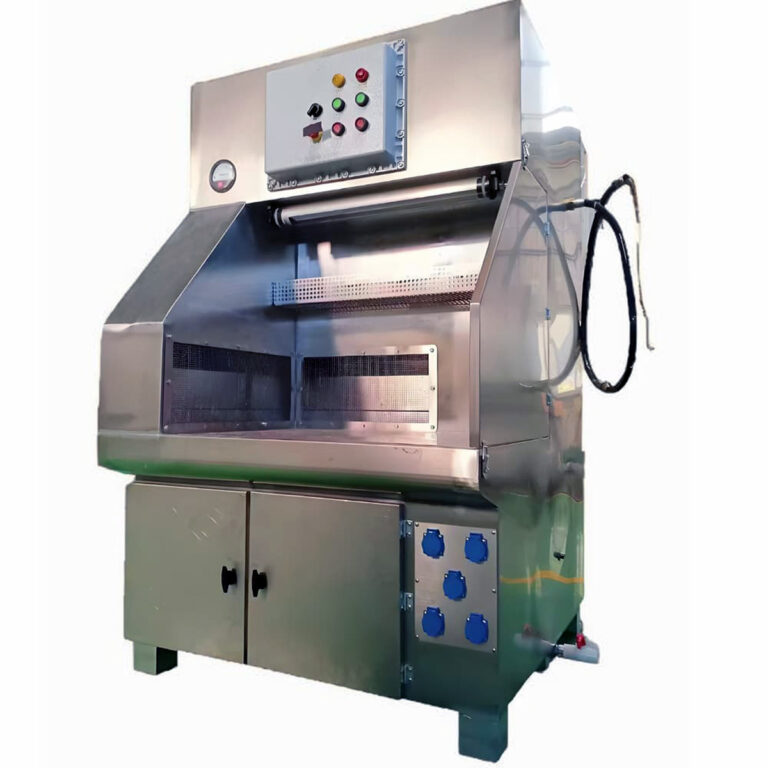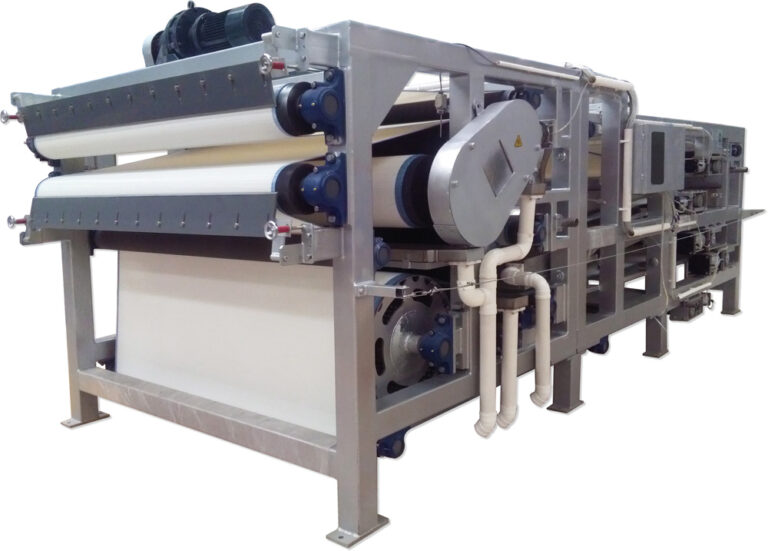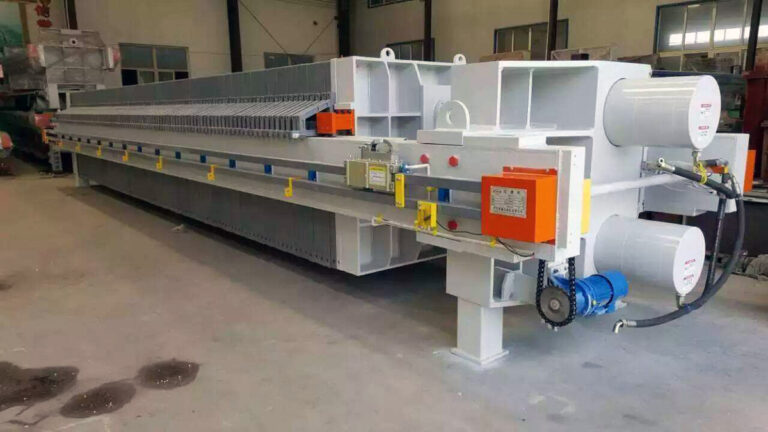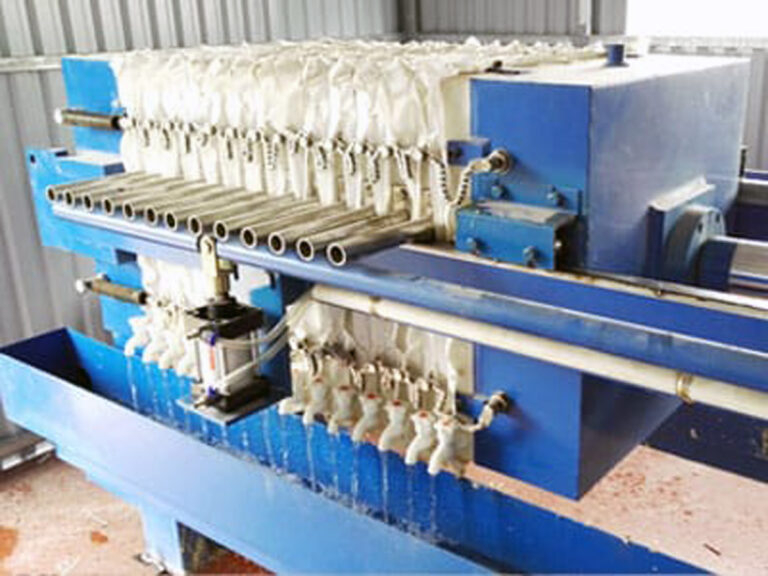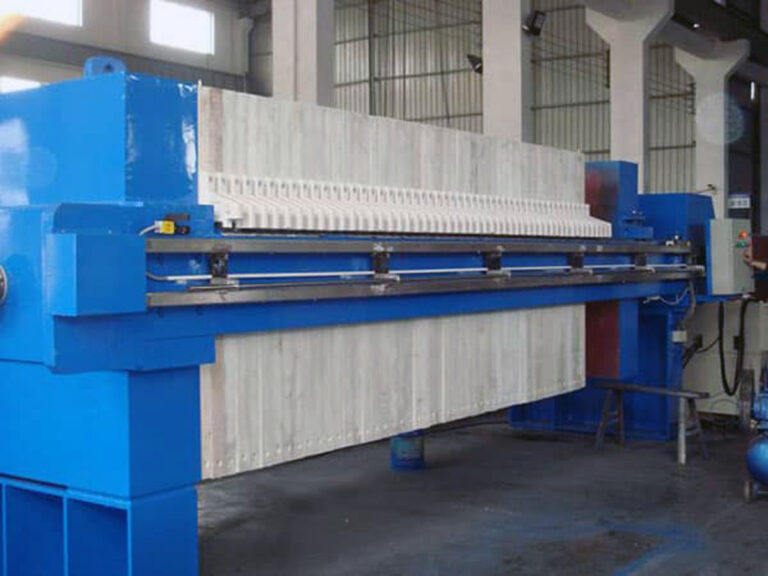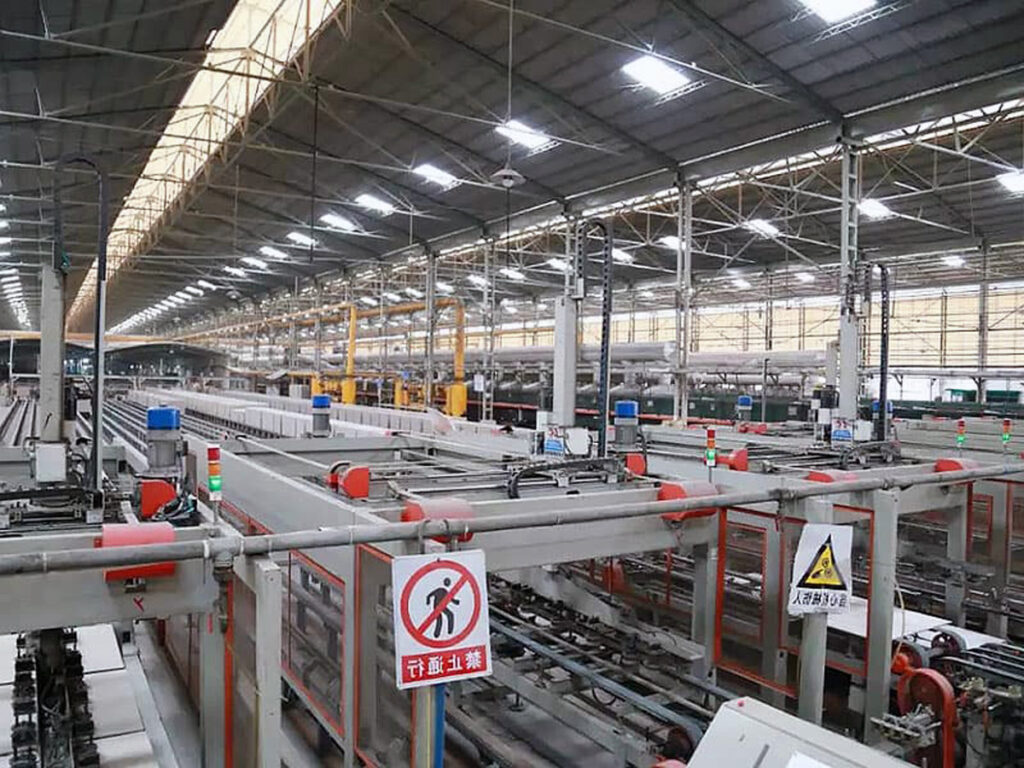Industrial facilities across manufacturing sectors face mounting pressure to optimize dust collection systems while managing operational costs. The challenge isn’t just maintaining air quality compliance—it’s achieving this efficiently without breaking maintenance budgets. Traditional OEM replacement parts often strain budgets, with some facilities reporting 40-60% higher costs compared to baghouse filter alternatives.
When dust collection systems fail or underperform, production shutdowns become inevitable, worker safety deteriorates, and regulatory compliance issues emerge. The financial impact extends beyond immediate replacement costs, encompassing lost productivity, potential fines, and emergency procurement premiums that can triple standard part prices.
This comprehensive guide explores proven strategies for selecting compatible replacement components that deliver comparable performance at significantly reduced costs. We’ll examine technical specifications, performance benchmarks, and real-world applications to help you make informed decisions about aftermarket dust collection solutions. PORVOO has compiled extensive research on alternative filtration solutions to support your optimization efforts.
What Are Baghouse Filter Alternatives and Why Do They Matter?
Baghouse filter alternatives encompass a broad range of aftermarket components designed to replace OEM parts while maintaining or enhancing system performance. These alternatives include compatible filter bags, cages, diaphragm valves, and complete filtration assemblies manufactured by third-party suppliers who specialize in cross-compatible solutions.
The significance of these alternatives extends beyond cost considerations. Industry data indicates that aftermarket suppliers often incorporate newer filtration technologies and materials that weren’t available when original equipment was manufactured. For instance, modern PTFE membrane coatings and synthetic fiber blends can improve filtration efficiency by 15-25% compared to older cotton or polyester media.
Understanding Compatibility Standards
Compatible baghouse filters must meet specific dimensional, material, and performance criteria to ensure proper fit and function. Critical compatibility factors include collar diameter, bag length, pleating configuration, and mounting hardware specifications. Professional aftermarket manufacturers maintain extensive compatibility databases covering thousands of OEM models from major dust collection system producers.
The International Organization for Standardization (ISO) has established testing protocols for industrial filtration media, ensuring that aftermarket options can demonstrate equivalent or superior performance through standardized testing. These protocols evaluate parameters such as particle retention efficiency, pressure drop characteristics, and durability under cyclic loading conditions.
Economic Impact Analysis
Manufacturing facilities implementing strategic aftermarket purchasing programs report average cost reductions of 30-50% on replacement filtration components. A recent case study from a automotive parts manufacturer showed annual savings of $127,000 after transitioning to compatible alternatives for their 12-unit baghouse system, with no measurable decrease in collection efficiency.
| Cost Comparison Factor | OEM Parts | Compatible Alternatives | Potential Savings |
|---|---|---|---|
| Initial Purchase Price | 100% | 45-70% | 30-55% |
| Emergency Procurement | 150-200% | 60-90% | 40-60% |
| Bulk Order Discounts | 10-15% | 25-40% | 15-25% |
How Do Compatible Baghouse Filters Compare to OEM Options?
Performance comparison between OEM and compatible filters requires examination of multiple technical parameters. Independent testing conducted by the Dust Control Research Institute demonstrates that high-quality aftermarket dust collection parts frequently match or exceed OEM specifications across key performance metrics.
Filter media technology has advanced significantly in recent years, with aftermarket manufacturers often leading innovation adoption. Modern synthetic blends and membrane treatments provide superior chemical resistance and extended service life compared to traditional materials used in older OEM specifications.
Filtration Efficiency Benchmarks
Third-party laboratory testing reveals that premium compatible filters achieve 99.5-99.8% particle retention for particles larger than 0.5 microns, compared to 99.2-99.6% for equivalent OEM products. This improvement stems from advanced fiber structures and electrostatic enhancement technologies that weren’t commercially available when many systems were originally manufactured.
Pressure drop characteristics represent another critical performance factor. Compatible filters utilizing modern pleating techniques and optimized media density demonstrate 10-15% lower initial pressure drop, translating to reduced fan power consumption and extended cleaning cycles.
Durability and Service Life Analysis
Accelerated testing protocols simulate extended operational conditions to evaluate comparative durability. Results indicate that premium aftermarket options typically provide 105-120% of OEM service life when properly selected and installed. This extended performance stems from improved seaming techniques, reinforced mounting hardware, and enhanced chemical resistance properties.
However, quality variations exist within the aftermarket segment. Lower-tier suppliers may utilize substandard materials or manufacturing processes that compromise performance. Professional procurement requires careful supplier evaluation and performance validation through pilot testing programs.
Installation and Maintenance Considerations
Compatible filters are engineered for direct replacement installation using existing mounting hardware and cage structures. Proper sizing ensures secure fit without modification to existing equipment. Professional industrial dust collection systems suppliers provide detailed compatibility charts and technical support to ensure optimal selection.
Maintenance procedures remain identical to OEM components, with comparable cleaning cycles and inspection intervals. Some aftermarket options include enhanced visual wear indicators that simplify condition assessment during routine maintenance activities.
What Types of Aftermarket Dust Collection Parts Are Available?
The aftermarket dust collection components market encompasses virtually every replaceable element within baghouse systems. Universal filter elements represent the largest segment, but comprehensive alternatives exist for mechanical components, control systems, and auxiliary equipment.
Filter media options range from basic woven fabrics to advanced membrane-coated composites. Needle-felt polyester remains the most common general-purpose option, while specialized applications utilize PTFE membranes, antistatic fibers, or chemical-resistant synthetic blends. Each media type offers specific advantages for particular operating conditions and dust characteristics.
Mechanical Component Alternatives
Beyond filter media, aftermarket suppliers provide compatible cages, venturi assemblies, and pulse-jet cleaning components. Replacement cages utilize galvanized or stainless steel construction with precise dimensional tolerances to ensure proper filter support without damage during cleaning cycles.
Diaphragm valves and solenoid assemblies represent significant cost-reduction opportunities. Compatible pneumatic components often incorporate improved seal materials and enhanced corrosion resistance compared to original equipment, particularly in demanding industrial environments.
| Component Category | Typical Applications | Cost Reduction Range | Key Selection Criteria |
|---|---|---|---|
| Filter Bags/Cartridges | All baghouse types | 35-55% | Media type, dimensions, mounting |
| Support Cages | Pulse-jet systems | 40-60% | Material, wire spacing, collar type |
| Cleaning Valves | Automated systems | 25-45% | Pressure rating, response time |
| Control Components | Modern installations | 30-50% | Compatibility, programming interface |
Specialized Application Solutions
High-temperature applications require specialized filter media capable of continuous operation above 300°F. Aftermarket suppliers offer PTFE membrane solutions and synthetic fiber blends that maintain structural integrity at elevated temperatures while providing superior chemical resistance.
Explosive dust environments necessitate antistatic filter media and conductive mounting hardware. Replacement dust collector components for these applications must meet NFPA 654 requirements and maintain proper grounding throughout the filtration system.
Food processing and pharmaceutical applications demand FDA-compliant materials and specialized sealing systems. Compatible alternatives meeting these stringent requirements are readily available from qualified aftermarket suppliers at significant cost savings compared to OEM options.
How to Choose Universal Filter Elements for Your System?
Selecting appropriate universal filter elements requires systematic evaluation of operating conditions, dust characteristics, and system specifications. The selection process begins with comprehensive documentation of existing equipment parameters and performance requirements.
Dust analysis represents the foundation of proper filter selection. Particle size distribution, chemical composition, moisture content, and electrostatic properties all influence media selection. Laboratory analysis or field sampling provides essential data for optimizing filtration performance.
Operating Parameter Assessment
Temperature and humidity conditions directly impact filter media selection and expected service life. Continuous operation above 180°F typically requires synthetic media, while intermittent high-temperature exposure may allow for less expensive options with temperature-resistant treatments.
Gas velocity and filtration loading influence cleaning cycle requirements and mechanical stress on filter elements. Systems with high air-to-cloth ratios require more robust construction and enhanced mounting hardware to withstand frequent pulse-cleaning cycles.
Media Selection Criteria
Filtration efficiency requirements vary significantly across applications. General ventilation systems may accept 95-98% efficiency, while critical process applications demand 99.5%+ particle retention. Understanding regulatory requirements and internal air quality standards guides appropriate media selection.
Chemical compatibility becomes critical when processing corrosive dusts or operating in harsh environmental conditions. PTFE membrane coatings provide exceptional chemical resistance but increase initial costs. Cost-benefit analysis determines optimal media selection for specific applications.
Supplier Qualification Process
Professional aftermarket suppliers maintain comprehensive quality management systems and provide detailed technical documentation. ISO 9001 certification indicates systematic quality control procedures, while independent testing reports validate performance claims.
Technical support capabilities distinguish professional suppliers from commodity vendors. Access to application engineers and field service support ensures proper selection and optimal system performance throughout the component lifecycle.
Why Consider Generic Baghouse Supplies for Cost Optimization?
Generic baghouse supplies offer substantial cost reduction opportunities without compromising operational effectiveness when properly selected and sourced. Strategic procurement programs utilizing qualified aftermarket suppliers can reduce annual maintenance costs by 35-50% while maintaining or improving system performance.
The primary driver for generic component adoption is economic optimization in competitive manufacturing environments. Facilities operating multiple baghouse systems report significant budget relief through systematic aftermarket procurement programs, freeing capital for process improvements and equipment upgrades.
Total Cost of Ownership Analysis
Beyond initial purchase price savings, generic supplies often provide extended service intervals and reduced maintenance complexity. Modern aftermarket components frequently incorporate design improvements that weren’t available in original equipment, resulting in enhanced reliability and reduced downtime.
A textile manufacturing facility documented $89,000 annual savings after implementing a comprehensive aftermarket procurement strategy. The program included filter elements, cleaning valves, and control components across 18 dust collection units, with performance monitoring confirming maintained efficiency levels.
Quality Assurance Considerations
Not all generic suppliers maintain equivalent quality standards. Professional procurement requires careful supplier evaluation, including facility audits, quality certification review, and performance validation through pilot testing programs. Establishing clear performance specifications and acceptance criteria ensures consistent results.
Leading aftermarket manufacturers invest heavily in research and development, often exceeding OEM innovation rates. These suppliers frequently introduce advanced materials and manufacturing techniques ahead of original equipment manufacturers, providing performance advantages alongside cost reductions.
Risk Mitigation Strategies
Implementing aftermarket components requires systematic risk assessment and mitigation planning. Maintaining emergency inventory of critical components and establishing backup supplier relationships ensures operational continuity during transition periods.
Performance monitoring systems enable early detection of any compatibility issues or performance variations. Regular efficiency testing and pressure drop monitoring provide objective performance validation and support continuous optimization efforts.
What Are the Performance Benefits of Replacement Dust Collector Components?
Modern replacement dust collector components frequently deliver performance improvements beyond simple cost reduction. Advances in materials science, manufacturing techniques, and system integration enable aftermarket suppliers to offer enhanced functionality compared to legacy OEM components.
Filtration efficiency improvements of 10-20% are common when upgrading from older media technologies to modern synthetic blends and membrane treatments. These improvements translate directly to enhanced worker safety, reduced housekeeping requirements, and improved compliance margins with air quality regulations.
Advanced Material Technologies
Contemporary filter media incorporates electrospun nanofibers that capture submicron particles more effectively than traditional woven or felted materials. These advanced structures maintain lower pressure drop while providing superior particle retention, optimizing energy consumption and extending cleaning intervals.
PTFE membrane technology has evolved significantly, with current offerings providing enhanced durability and easier cleaning compared to earlier membrane products. Modern membrane treatments bond more securely to substrate materials, reducing delamination risks and extending service life.
System Integration Advantages
Compatible control systems often provide enhanced programming flexibility and diagnostic capabilities compared to original equipment. Modern programmable controllers enable optimized cleaning sequences, predictive maintenance scheduling, and integration with facility-wide monitoring systems.
Upgrading to advanced dust collection systems through strategic component replacement can transform older installations into high-performance facilities rivaling new equipment capabilities at fraction of replacement costs.
Environmental and Regulatory Benefits
Enhanced filtration performance directly supports environmental compliance and worker safety objectives. Improved particle capture reduces fugitive emissions and minimizes housekeeping dust accumulation, creating cleaner, safer working environments.
Many facilities discover that aftermarket upgrades enable them to exceed regulatory requirements, providing compliance buffers that reduce monitoring costs and regulatory risk. This environmental performance improvement often justifies aftermarket investment beyond simple cost considerations.
| Performance Metric | Baseline OEM | Quality Aftermarket | Premium Aftermarket |
|---|---|---|---|
| Filtration Efficiency | 99.2-99.4% | 99.4-99.6% | 99.6-99.8% |
| Service Life | 12-18 months | 15-20 months | 18-24 months |
| Pressure Drop | Baseline | 10-15% reduction | 15-25% reduction |
| Energy Consumption | 100% | 92-95% | 85-92% |
The strategic implementation of baghouse filter alternatives represents a proven approach to operational optimization that delivers measurable benefits across cost, performance, and compliance dimensions. Quality aftermarket components enable facilities to maintain competitive advantage while supporting environmental stewardship objectives.
Professional suppliers continue advancing component technologies, ensuring that compatible baghouse filters and related components will provide even greater value propositions in the future. The key to success lies in partnering with qualified suppliers who understand both technical requirements and business objectives.
Industry trends indicate continued growth in aftermarket innovation, with emerging technologies like IoT integration and predictive analytics becoming standard features. Forward-thinking facilities that establish strategic aftermarket relationships today will benefit from continued innovation and cost optimization throughout their equipment lifecycles.
Consider evaluating your current dust collection maintenance strategies and exploring how professional aftermarket solutions can enhance both operational efficiency and financial performance. The combination of proven cost savings and performance improvements makes this evaluation essential for competitive manufacturing operations.
Frequently Asked Questions
Q: What are baghouse filter alternatives, and why should I consider them?
A: Baghouse filter alternatives are compatible replacement parts designed to fit various baghouse dust collector systems without requiring original equipment manufacturer (OEM) parts. These alternatives often provide equivalent or better filtration performance at a lower cost and shorter lead times. Considering these alternatives can save your facility money, reduce downtime, and maintain or improve dust collection efficiency.
Q: What types of compatible replacement parts are available for baghouse filters?
A: Compatible replacement parts for baghouse filters include:
- Filter bags made from different materials such as polyester, Nomex®, PTFE, and cotton.
- Cartridge filters suited for cartridge-style dust collectors.
- Envelope and pleated bags that offer increased surface area and better cleaning efficiency.
- Cages and valves required for supporting and operating the filter bags. These parts ensure your dust collector maintains optimal performance and longevity.
Q: How do pleated bags compare to traditional filter bags as a baghouse filter alternative?
A: Pleated filter bags are an advanced baghouse filter alternative offering 300% to 500% more filter media surface area than conventional bags. This design allows for better dust capture and makes cleaning easier because dust stays mostly on the surface. They optimize collector efficiency without needing larger equipment, making them a smart upgrade to improve performance and reduce maintenance.
Q: Are baghouse filter alternatives compatible with all major manufacturers?
A: Yes, many baghouse filter alternatives are designed to be compatible with a wide range of manufacturers such as Donaldson Torit®, AAF, Parker, Mac/Schenck, Wheelabrator, and more. These replacement parts fit different baghouse styles—including pulse-jet, mechanical-shaker, and multi-pocket designs—ensuring you can find suitable alternatives regardless of your existing system.
Q: How can I choose the right baghouse filter alternative for my system?
A: To select the right baghouse filter alternative:
- Identify your current baghouse system model and filter type.
- Consider the operating conditions, including temperature, dust type, and airflow.
- Consult technical representatives from replacement parts suppliers who can guide you based on fabric type and filter design.
- Evaluate the benefits such as filtration efficiency, durability, and cost-effectiveness. Taking these steps ensures you get compatible replacement parts that meet your facility’s needs.
Q: What are the benefits of using compatible replacement parts over OEM baghouse filters?
A: The main benefits of using compatible replacement parts include:
- Cost savings with lower-priced filters and components.
- Reduced lead times compared to OEM parts, meaning faster maintenance turnaround.
- Equal or improved filtration performance and durability.
- Broad availability with options for various baghouse types and applications.
- Greater flexibility in choosing materials suited to your specific dust collection demands. This makes compatible replacement parts a practical and efficient choice for maintaining baghouse systems.
External Resources
- Replacement Parts | U.S. Air Filtration – Offers a wide selection of replacement parts for baghouse filters, including filter bags, cartridge filters, valves, and more, with resources to help select compatible alternatives.
- Replacement Baghouse and Dust Collector Filters – Parker – Provides BHA baghouse aftermarket filters and DustHog replacement parts, ensuring compatibility for dust collection and maintenance needs.
- Replacement Parts – Dust Collectors | Sly Inc. – Supplies a variety of alternative and compatible replacement parts for baghouse filters, including pleated bags, cartridge filters, and components for various brands and models.
- Baghouse.com – Dust Collectors | Replacement Filters – Specializes in baghouse filter replacements, maintenance, and compatible parts, offering expertise for nearly all dust collection systems.
- Replacement Baghouse Filters | Filter Products Company – Offers aftermarket replacement baghouse filters and cages compatible with most original equipment, including alternatives for major manufacturers.
- Baghouse Filter Replacement & Alternatives | Air Purification Inc. – Features a broad range of baghouse filter replacements and alternative parts for diverse dust collector models, with guidance on selecting compatible solutions.
